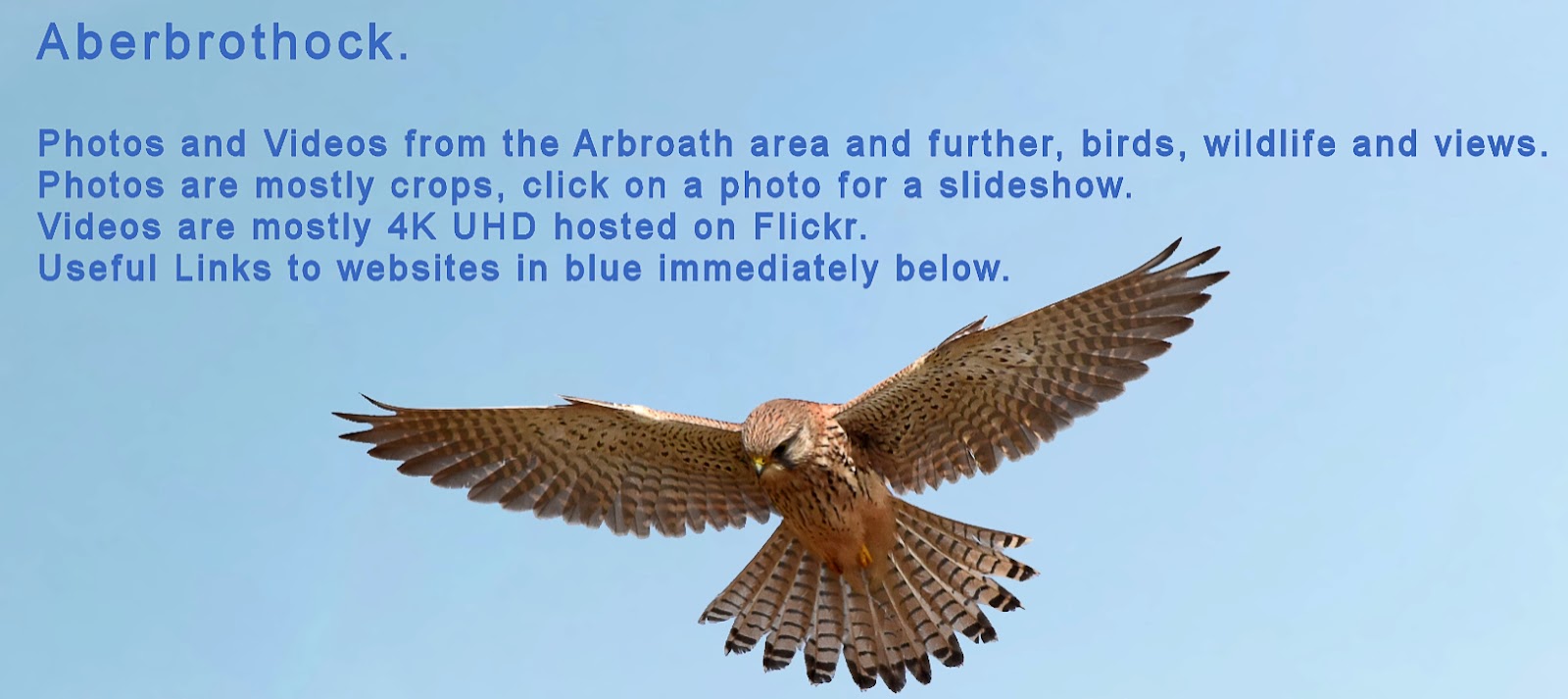What can I say, two men who were walking the dog were laughing from the bank.
This is from the RSPB, it's advice about protecting nature on their reserves and everywhere else, and this year it's more important than ever before.
1. Stay Alert – Any habitat can be a home for wildlife and many of our most vulnerable species are very good at hiding themselves in plain sight. Beaches are home to threatened ground-nesting birds like little terns and ringed plovers, while seals have been choosing to rest at popular spots during lockdown. Even the grass verges next to paths could be hiding skylark or meadow pipit chicks!
2. Stick to paths and bridleways – The simplest way to give nature space is to keep to the spaces we usually use most, so please do stay on the amazing network of public footpaths and bridleways.
3. Keep dogs on leads in the open countryside – They might be man’s best friend, but for vulnerable chicks, a dog bounding through a nest can pose a real threat. Keeping your dog on a lead in the open countryside will help protect both wildlife and livestock. Heathlands are home to ground-nesting birds like the rare nightjar and woodlark, which can be easily disturbed by dogs off leads.
4. Back away if you disturb a breeding species – Short, sharp alarm calls, birds with full beaks, or birds coming unusually near to you, may mean you are too close to young. Remember, young birds can often be very well hidden even if they are almost underfoot! If you see any of this behaviour, you should back up the way you came to avoid any risk of disturbing or injuring young, being careful to watch where you tread.
5. Report antisocial behaviour – If you notice anything suspicious going on in your local countryside, such as evidence of wildlife crime, fly-tipping or uncontrolled fires, then please do report this to your local wildlife crime officer using the police 101 number.
More from the RSPB, and this created a stir amongst some birders for not being strong enough to call out uncaring dog walkers. Note, she says English...............
Sara Humphrey, Communications Manager at the RSPB, said: "If you ask people where bird's nest, they are likely say a tree, hedge or nest box. It's an image we've all grown up with but for some of our most threatened species it's simply not true.
"Almost every natural habitat in the English countryside can be home to ground-nesting birds and many of these species are under increasing pressure due habitat loss, predators and climate change. Yet we can all help protect them from disturbance by simply following The Countryside Code and keeping to footpaths."
Species such as Woodlark and European Nightjar nest on heathland sites, which are often popular places to walk, cycle, horseride and picnic. By keeping yourself and your animals to the footpaths, you can help to keep chicks safe. Fire risk can also be very high on heathlands, so pack a picnic rather than a BBQ and take any litter home.
Wetlands and estuary areas are vital for wading species including Northern Lapwing and Common Redshank. Coastal areas can be home to beach-nesting birds; Sandwich Tern, Ringed Plover and Eurasian Oystercatcher make homes near the tide's edge or on off-shore islands.
Watching for nesting bird signage, keeping dogs on leads and backing away if you hear any parents alarm calling can help give these rare birds space to breed. Birds nesting on the ground are at higher risk from predators, which is why the nests and eggs they contain are often extremely well camouflaged. This makes them very hard to see and avoid.


